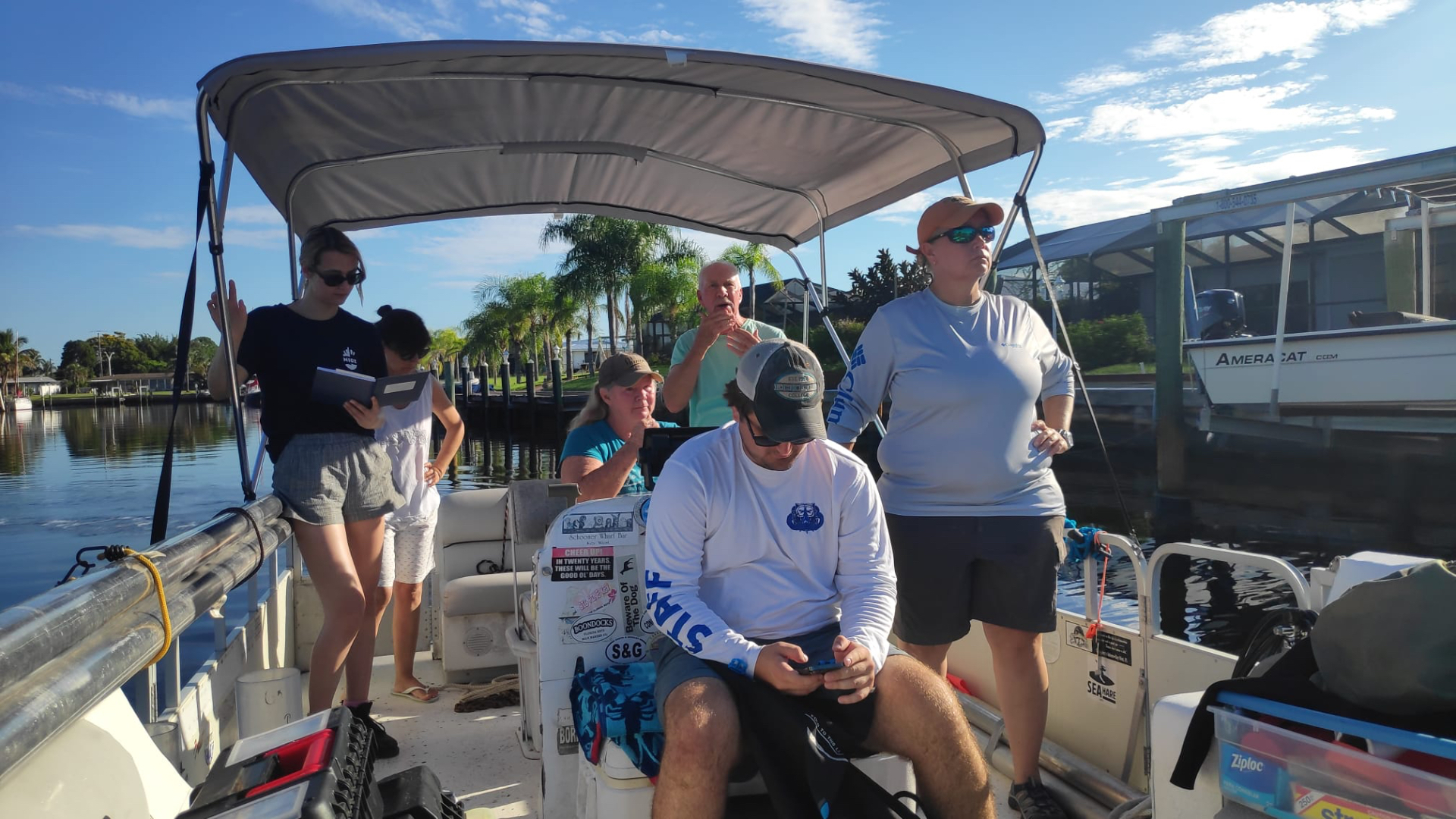Inactive user
The page you are trying to access has been deactivated because Suzanne de Zwaan is not working for NIOZ anymore.
Go to Staff.
What causes toxic algae to grow out of control?
Have you ever experienced your favourite swimming spot being closed off due to algae growing out of control? During my PhD project I investigate these so-called harmful algal blooms (HABs). They occur in both marine and freshwater, when algae grow out of proportion due to the water circumstances. In my research I study algae in recent times, but I also try to unravel what bloom occurrences looked like in the past and if they can be linked to human impact.

Algal blooms can make the water toxic
With our changing climate, harmful algal blooms (HABs) will possibly occur more often. Such blooms can shade the plants and animals living below, and prevent photosynthesis. This, in turn, can create low oxygen zones in the water column. Moreover, some of the algal species that can create blooms, produce toxins, causing massive fish kills and the poisoning of humans through the consumption of seafood.
Tracking the past response of algae to climate change
In my research, I am tracking two toxic algae through time to see how they have reacted to past climatic changes. There are theories that algae profit from the rising temperatures and nutrient input from agricultural run-off, but the perceived increase of HABs might also be caused by better monitoring and an intensified aquaculture.
We can get a better understanding of what actually triggers these blooming events - by studying the true pattern of algal bloom occurrence and whether it is correlated to direct human influence, such as agriculture or longtime environmental changes. This, in turn, can give insight into how HABs will respond to predicted climate change.
Fossils and biomarkers in a sediment core
In order to unravel the true pattern of HAB occurrences, I will investigate marine sediments that cover the past ~10.000 years. This timeframe includes the Neolithic Revolution, when humans shifted from a hunter-gatherer lifestyle towards an agricultural lifestyle with heavier impact on their surroundings.
The sediment core, with a length of ca. 4 meters, will be taken off the coast of Florida, which has a longstanding record (ca. 100 years) of the two toxic algae species. Next to looking for microscopically small algae fossils, I will also try to find their specific lipid biomarkers: chemical traces that are unique for a living species, thus indicating that a particular species was there in the past. Kind of like how humans have left cave paintings behind, showing us that they were around at a certain spot, around a certain time. By understanding algal blooms in the past, we can try to predict the future, and take the essential measures to restore ecosystems and prevent algae growth from spiraling out of control.